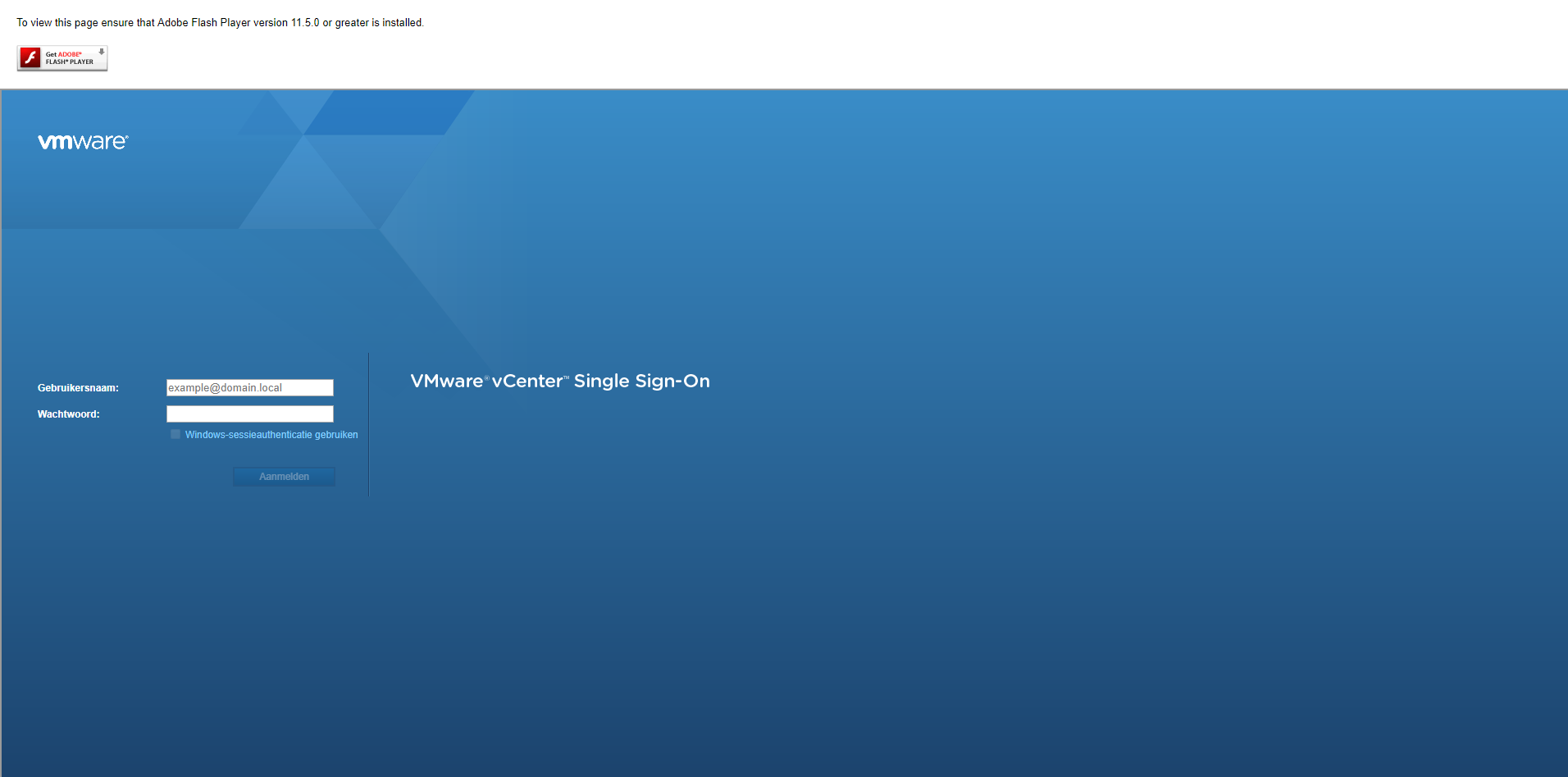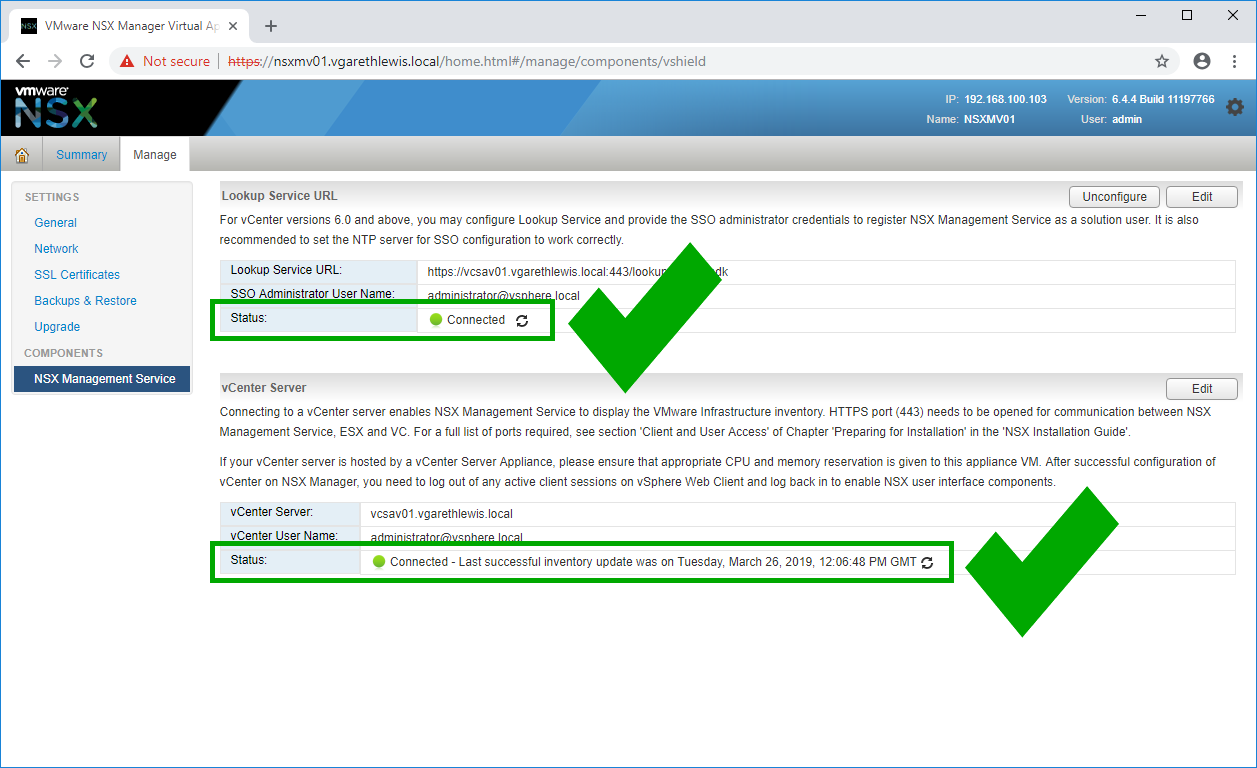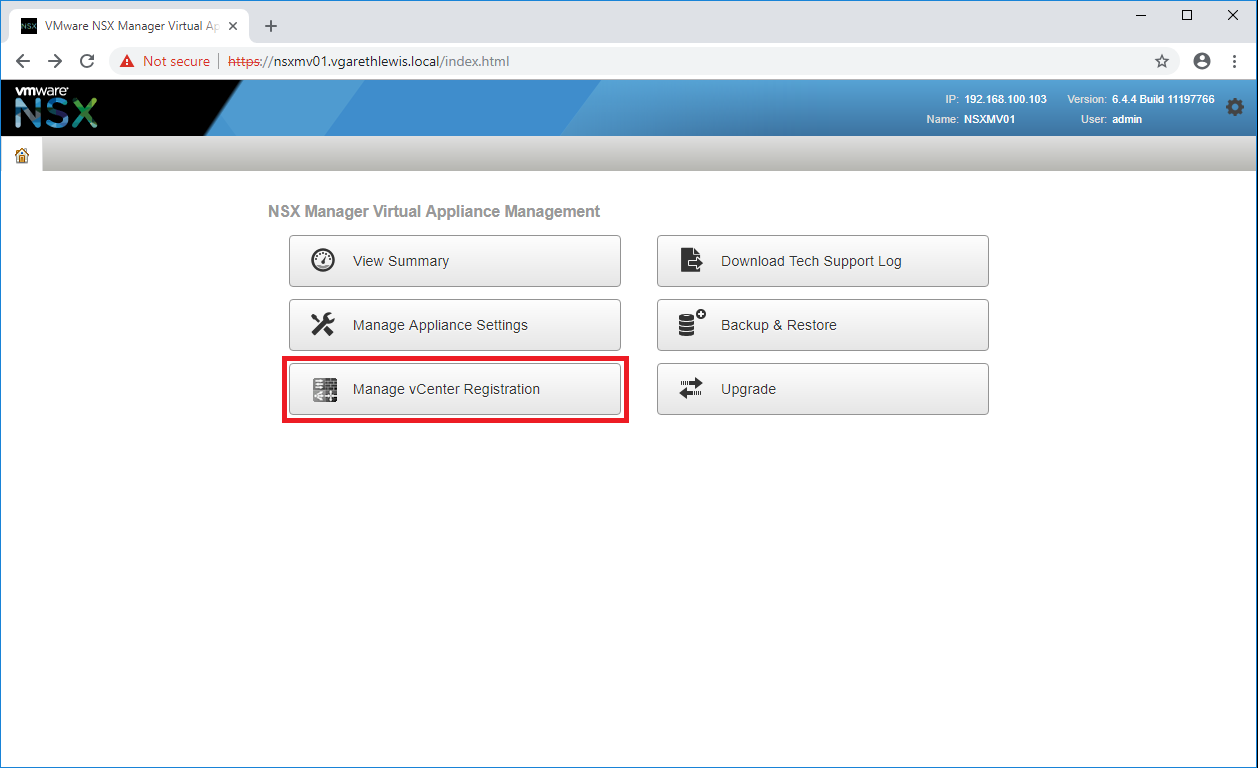
- Vcenter download missing from menu update#
- Vcenter download missing from menu upgrade#
- Vcenter download missing from menu full#
- Vcenter download missing from menu license#
- Vcenter download missing from menu series#
Where the PSC is deployed as a separate appliance this requires 2 CPUs, 4 GB RAM, 60 GB disk.See the Storage Requirements document for further details. Storage requirements for the smallest environments start at 250 GB and increase depending on your specific database requirements.Medium (up to 400 hosts, 4000 VMs) – 8 CPUs, 24 GB RAM.Small (up to 100 hosts, 1000 VMs) – 4 CPUs, 16 GB RAM.Tiny (up to 10 hosts, 100 VMs) – 2 CPUs, 10 GB RAM.The VCSA with embedded PSC requires the following hardware resources (disk can be thin provisioned).


Vcenter download missing from menu upgrade#
If you require further assistance with vCenter planning see also the vSphere Topology and Upgrade Planning Tool here,
Vcenter download missing from menu series#

You must check compatibility of any third party products and plugins that might be used for backups, anti-virus, monitoring, etc.However, all hosts you intend to connect to vCenter Server 6.7 should be running ESXi 6.0 or above, hosts running 5.5 and earlier cannot be managed by vCenter 6.7 and do not have a direct upgrade path to 6.7. VCSA 6.7 must be deployed to an ESXi host or vCenter running v5.5 or above.
Vcenter download missing from menu license#
The appliance also saves operating system license costs and is quicker and easier to deploy and patch.
Vcenter download missing from menu update#
Features such as Update Manager are bundled into the VCSA, as well as file based backup and restore, and vCenter High Availability. A couple of releases ago the VCSA reached feature parity with its Windows counterpart, and is now the preferred deployment method for vCenter Server. The VCSA scales up to 2000 hosts and 35,000 virtual machines.
Vcenter download missing from menu full#
Furthermore the embedded vPostgres database means VMware have full control of the software stack, resulting in significant optimisation for vSphere environments and quicker release of security patches and bug fixes. Since the OS has been developed by VMware it benefits from enhanced performance and boot times over the previous Linux based appliance. The VCSA is a pre-configured virtual appliance built on Project Photon OS. VCenter 6.7: Download | Release Notes | What’s New | VMware Docs | vSphere Central An existing Windows vCenter can be migrated to VCSA by following the steps in Migrating Windows vCenter Server to VCSA 6.7 This post gives a walk through on a clean installation of VCSA 6.7.

All future releases will only be available as vCenter Server Appliance (VCSA) which is the preferred deployment method of vCenter Server. It should be noted that vCenter 6.7 is the final release where Windows modules will be available, see here for more information. The vCenter Server is a centralised management application and can be deployed as a virtual appliance or Windows machine. VMware vCenter Server pools ESXi host resources to provide a rich feature set delivering high availability and fault tolerance to virtual machines. Finally, the Windows vCenter Server and external PSC deployment models are now depreciated and not available with vSphere 7.0. Upgrade to vSphere 7 can be achieved directly from vSphere 6.5.0 and above, for more information see the VMware Upgrade Matrix. VMware vSphere 6.5 and 6.7 reaches end of general support 15 October 2022, both referenced in the VMware Lifecycle Matrix.


 0 kommentar(er)
0 kommentar(er)
